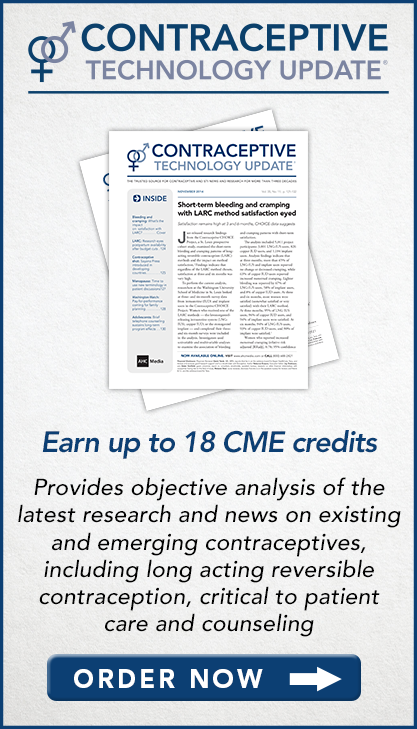New Tool Helps Physicians, Families Plan for End-of-Life Care
October 13th, 2016
KENSINGTON, AUSTRALIA – For many physicians, it is the most difficult question they are asked: How long does Mom (or another loved one) have to live?
Australian researchers have devised a checklist to help healthcare providers identify elderly hospital patients likely to die within the next three months. A report on their work was published recently in BMJ Supportive & Palliative Care.
The authors from The Simpson Centre for Health Services Research in New South Wales emphasize that the checklist is not intended to determine the level of healthcare for the terminally ill but to "provide an objective assessment and definition of the dying patient as a starting point for honest communication with patients and families about recognizing that dying is part of the life cycle."
The tool, Criteria for Screening and Triaging to Appropriate Alternative Care (CriSTAL), essentially is designed to spur discussion of end-of-life care and to potentially minimize futile treatment, the authors say.
"Delaying unavoidable death contributes to unsustainable and escalating healthcare costs, despite aggressive and expensive interventions," the authors write. "These interventions may not influence patient outcome; often do not improve the patient's quality of life; may compromise bereavement outcomes for families; and cause frustration for health professionals."
To determine the most likely predictors of death in the short term, defined as 30 days, or in the medium term, defined as 12 weeks, the researchers reviewed published evidence on the most likely predictors of death.
Overall, 18 predictor instruments and their variants were examined. The final items for the new CriSTAL screening tool included:
- Age of 65 or older;
- Meeting two deterioration criteria;
- An index of frailty meeting two or more criteria;
- An early warning score over 4;
- One or more selected comorbidities;
- Nursing home residency;
- Evidence of cognitive impairment;
- Emergency hospitalization or intensive care readmission in the past year,
- Abnormal ECG, and
- Presence of proteinuria.
"While there are accepted policies for de-escalating treatment in terminally ill patients, there are also inherent and societal pressures on medicine to continue utilizing technological advances to prolong life even in plainly futile situations," the authors write. "Training for nurses and doctors in the use of the screening tool and in approaching patients and families with concrete information about inevitability of death and lack of benefit of further intensive treatment are paramount."
The report notes that most patients end up dying in hospitals, even though that is not their stated preference when asked. Better predicting when death will occur could give families and patients some options about the preferred place of death.
“An unambiguous checklist may assist clinicians in reducing uncertainty for patients who are likely to die within the next three months and help initiate transparent conversations with families and patients about end-of-life care,” the authors conclude.


